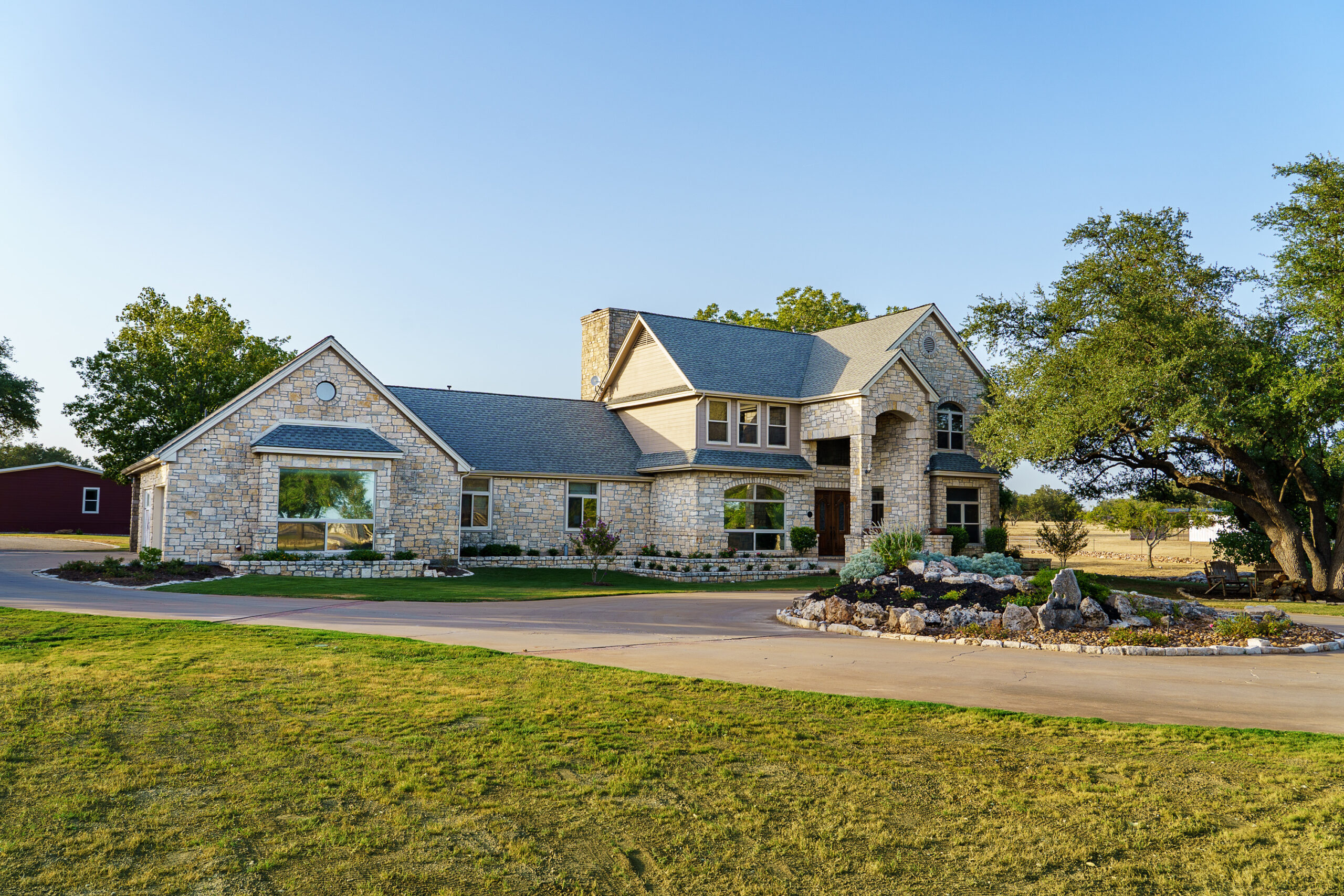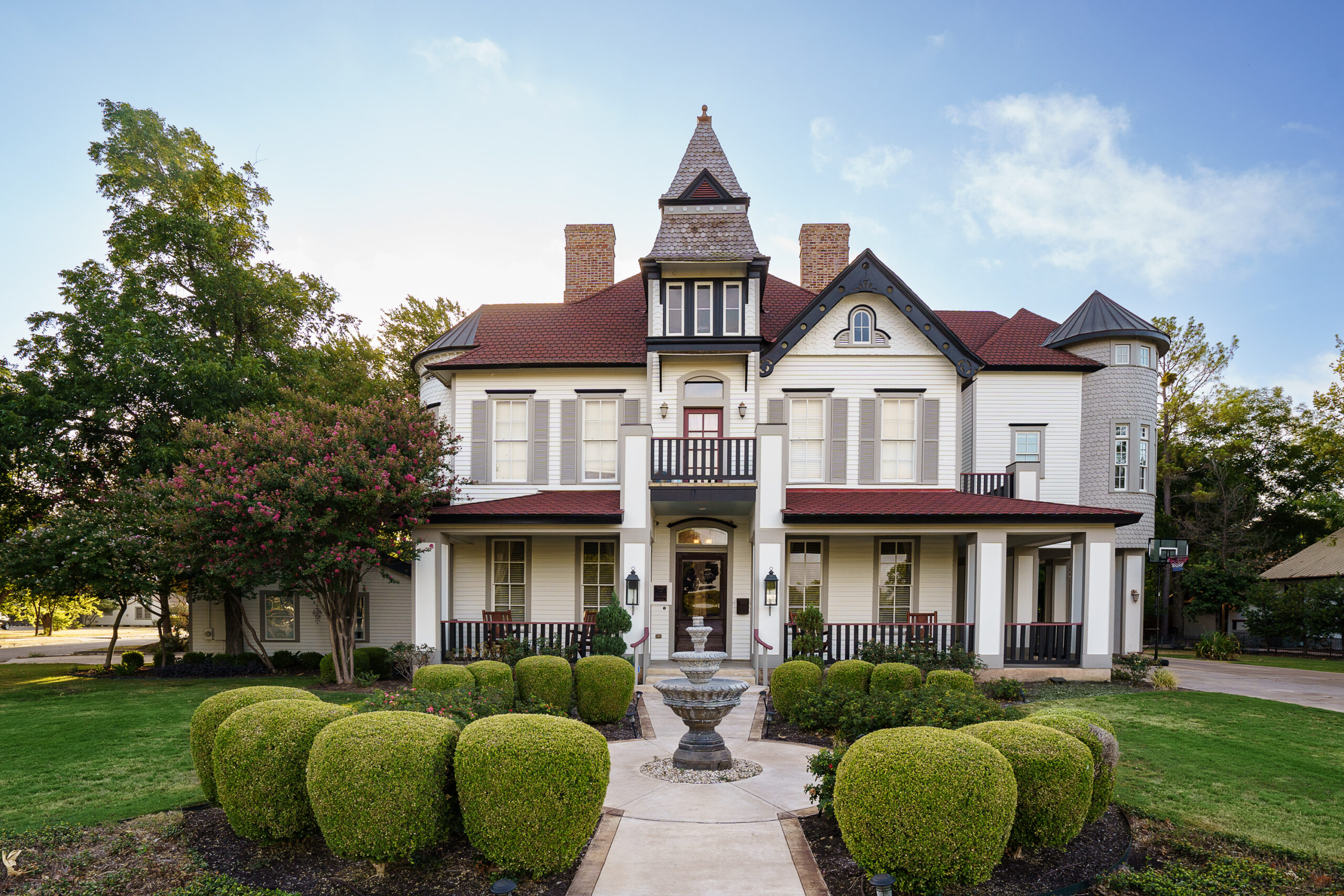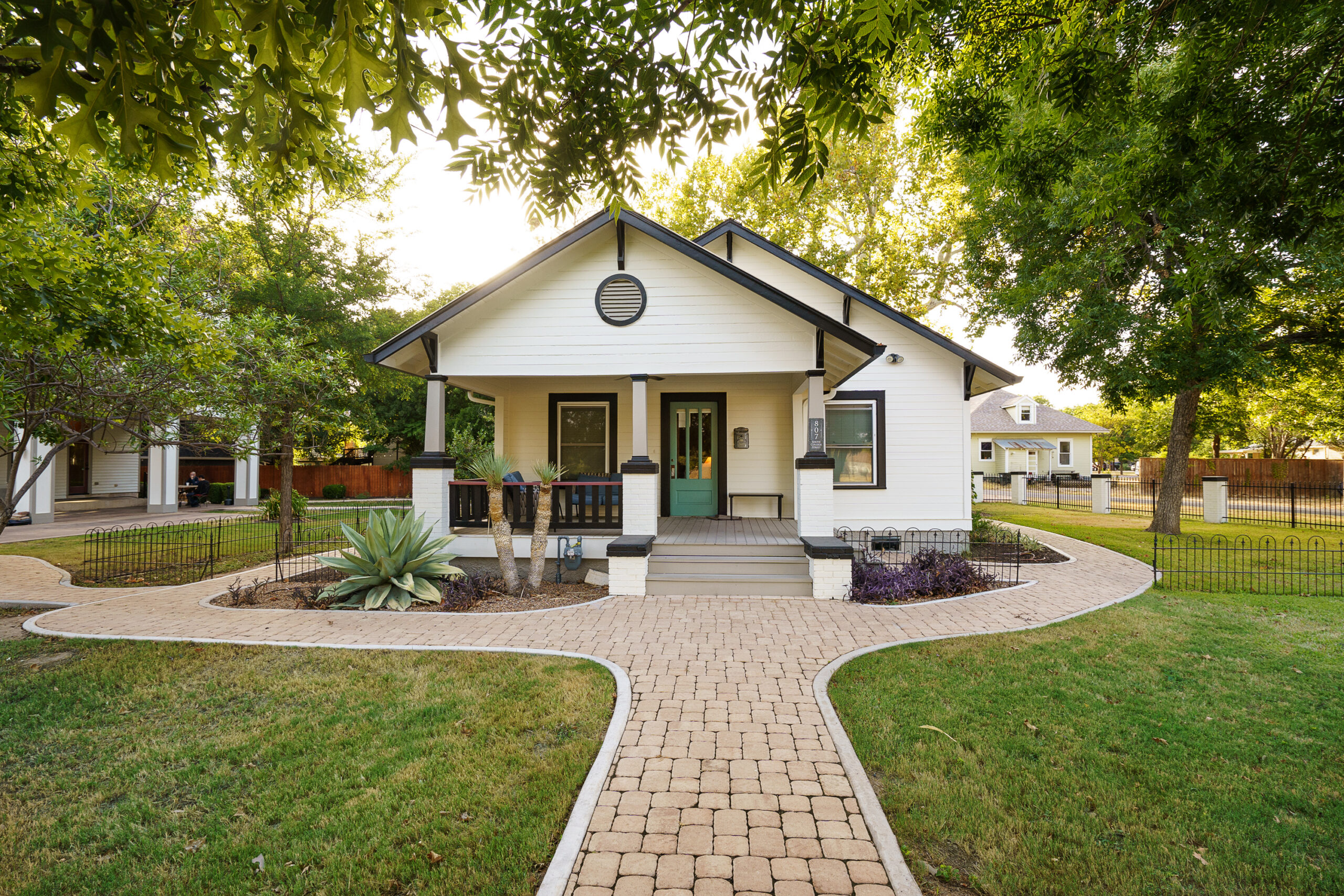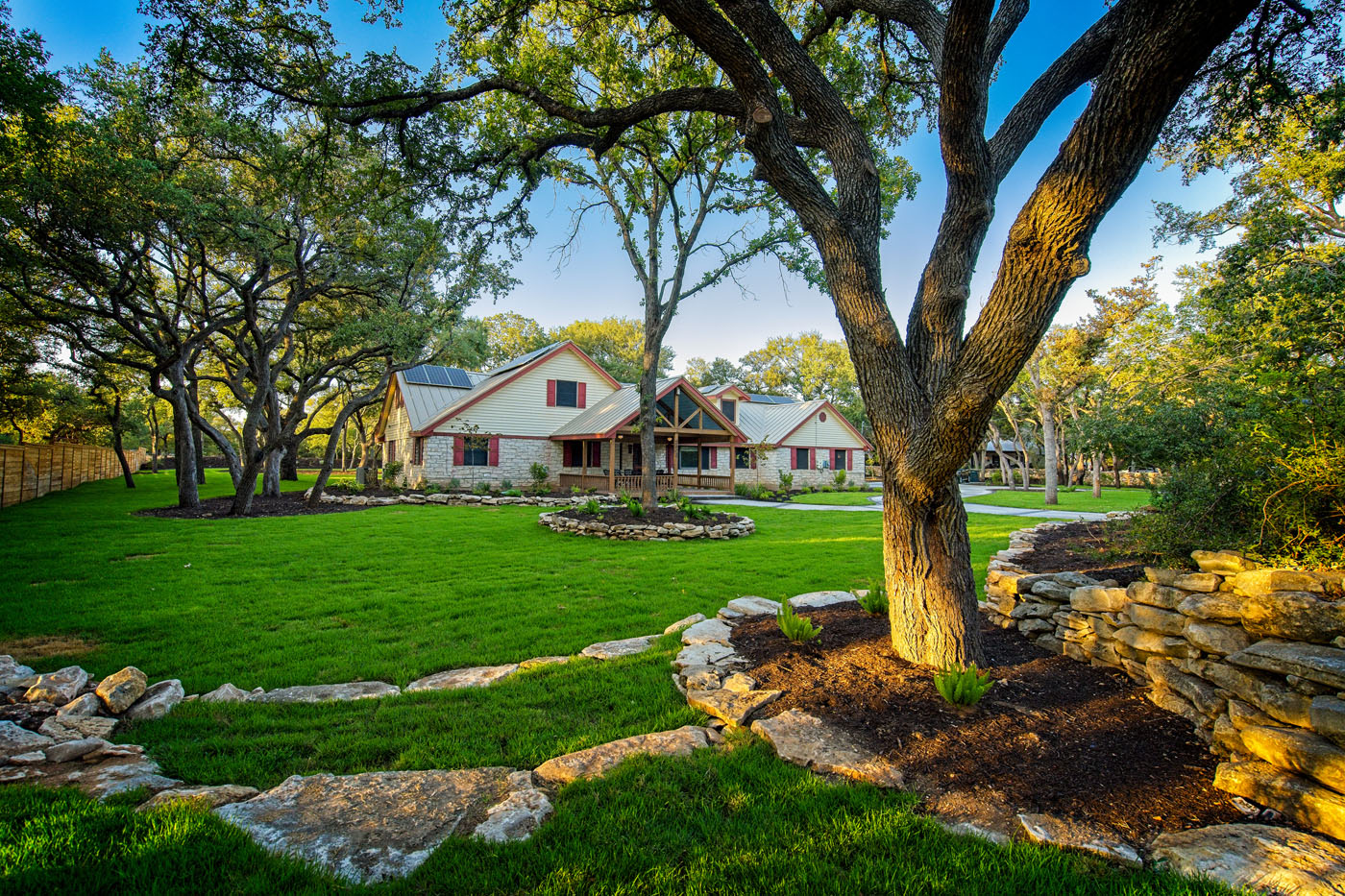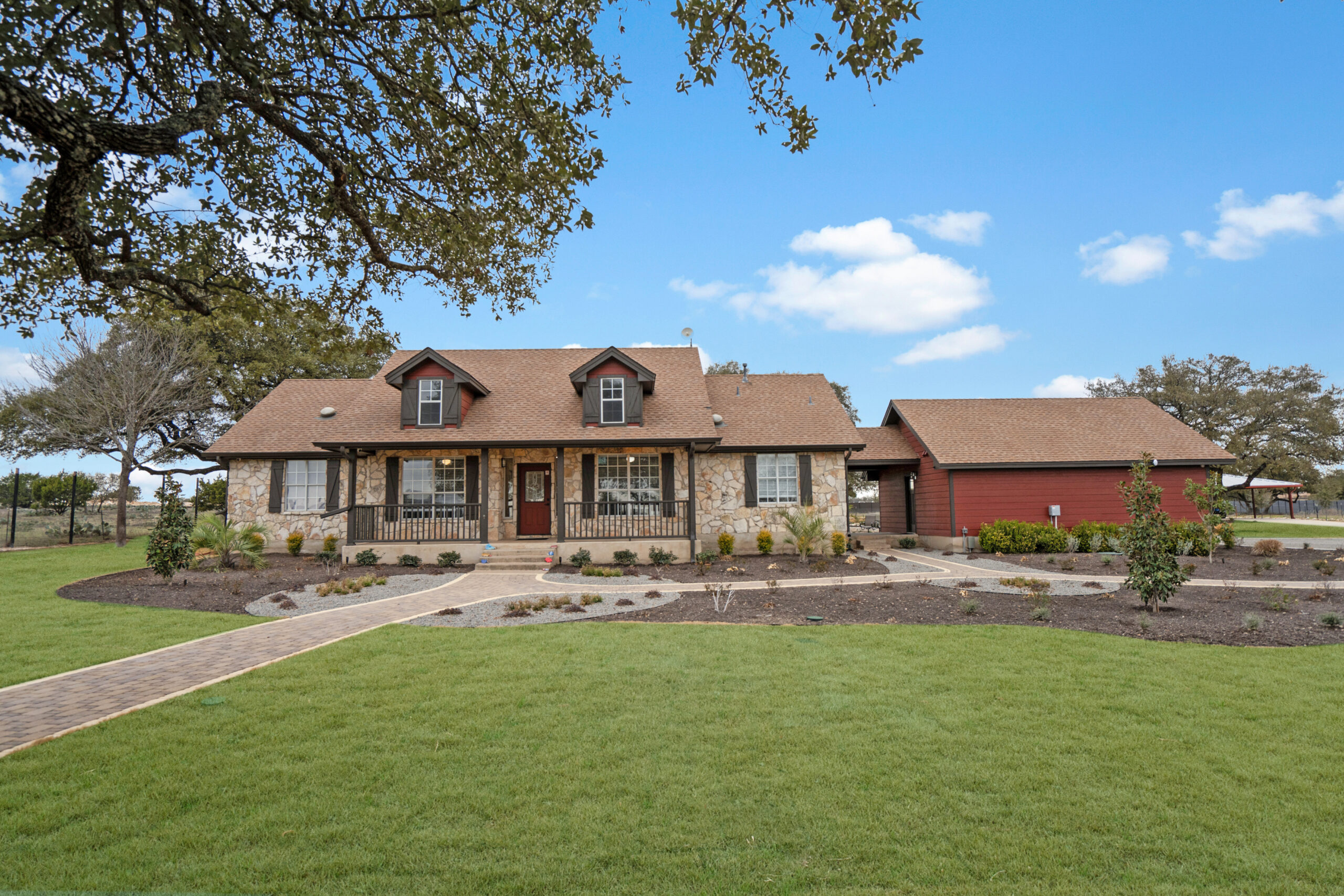
Exploring BPD Treatment Facilities for Women
Finding the right treatment for Borderline Personality Disorder (BPD) can be a monumental step towards recovery for many women. BPD treatment facilities designed specifically for women provide a unique, supportive environment where individuals can focus on healing and developing skills necessary for managing their condition.
Why Specialized Care Matters
Specialized care in bpd treatment facilities women offers a tailored approach that considers the complexities of diagnosing and treating BPD alongside gender-specific issues. These facilities often provide therapy modalities like Dialectical Behavior Therapy (DBT), which has shown significant success in treating BPD by focusing on emotion regulation, mindfulness, and improving interpersonal relationships.
Personalized Approach
Every individual’s journey with BPD is unique, making personalized care essential. Treatment centers for women often emphasize creating a personalized treatment plan that addresses each woman’s specific needs, history, and goals.
Safe and Supportive Environment
Creating a safe and supportive environment is crucial for healing. Women-specific facilities offer a space where individuals can share experiences and challenges without fear of judgment, often leading to deeper connections and understanding among residents.
Treatment Modalities in BPD Treatment for Women
The journey towards managing BPD effectively often involves various treatment modalities. Incorporating different therapies ensures a comprehensive approach to healing and personal growth.
Dialectical Behavior Therapy (DBT)
A cornerstone of BPD treatment, DBT helps women learn new skills to manage painful emotions and decrease conflict in relationships. Its emphasis on mindfulness and acceptance makes it a powerful tool for emotional regulation.
Cognitive Processing Therapy (CPT)
Often used to treat PTSD, which can co-occur with BPD, CPT helps women process trauma and modify harmful beliefs about themselves and others.
Integrating Holistic Approaches
Alongside traditional therapy modalities, holistic approaches can play a significant role in treating BPD. These methods focus on healing the mind, body, and spirit, offering a well-rounded approach to recovery.
- Mindfulness and meditation practices help foster a state of awareness and present-moment living.
- Nutritional counseling supports physical health, crucial for mental well-being.
- Physical activities, such as yoga and therapeutic horseback riding, encourage body awareness and emotional grounding.
Creating a Roadmap for Recovery
Breaking down the treatment process into manageable steps can demystify the journey towards recovery. Facilities often start with an intensive assessment to tailor the treatment plans effectively, followed by a structured combination of individual and group therapies. The ultimate goal is to build a solid foundation of skills and strategies for managing BPD symptoms and improving overall quality of life.
Challenges and Solutions in BPD Treatment
Treatment for BPD, especially in a residential setting, can present various challenges. Addressing these challenges head-on is essential for creating effective treatment plans.
Stigma and Misunderstanding
Stigma surrounding BPD can hinder women from seeking the help they need. Treatment centers combat this by providing education and fostering an environment of acceptance and understanding.
Comorbid Conditions
Many women with BPD also struggle with other mental health conditions like depression, anxiety, or substance abuse. A comprehensive treatment approach addresses these co-occurring disorders to ensure holistic healing.
Questions to Ask When Choosing a Facility
Deciding on a bpd treatment facility for women involves asking the right questions to ensure it meets your needs. Consider the facility’s approach to treatment, the qualifications of the staff, and the types of therapies offered. Inquire about the facility’s experience with treating BPD, their philosophy on recovery, and the level of family involvement in the treatment process.
Empowerment Through Education
Education plays a pivotal role in the recovery process, empowering women to understand their condition and how it affects their thoughts, feelings, and behaviors. Facilities often provide workshops and sessions focused on educating residents about BPD, effective coping strategies, and how to build a support system.
Understanding the complexities of BPD and the treatment options available can be an empowering first step towards recovery. While the journey may be challenging, finding a bpd treatment facility for women that provides compassionate, tailored, and comprehensive care can pave the path to a more stable, fulfilling life.
Community and Support
Finally, the sense of community and support found in women-specific BPD treatment facilities cannot be understated. The shared experiences and understanding among residents foster a unique bond, offering strength and encouragement during difficult times. This community aspect can continue to serve as a vital support network even after leaving the facility.
Embarking on the journey to manage BPD requires courage, commitment, and the right support system. With the proper care, individuals struggling with BPD can lead healthy, vibrant lives, unlocking their full potential and embracing recovery with confidence.

Why is specialized care important in BPD treatment for women?
Specialized care for women with Borderline Personality Disorder (BPD) is critical due to the unique ways in which the disorder manifests and affects women. For instance, the interplay between hormonal fluctuations and BPD symptoms can make management challenging. At Alta Loma, we’ve observed that treatments such as Dialectical Behavior Therapy (DBT) are particularly effective in helping women develop skills for emotion regulation and interpersonal effectiveness. Tailoring care to address not only the psychological but also the biological and social aspects unique to women enhances the treatment’s effectiveness and supports long-term recovery.
How does a personalized approach benefit individuals in BPD treatment?
At the heart of successful recovery is the recognition that each individual’s experience with BPD is unique. A personalized approach ensures that treatment plans at Alta Loma are constructed around the individual’s specific needs, history, and recovery goals. This might involve a combination of individual therapy, group sessions, medication management, and holistic practices like mindfulness or yoga. By focusing on the person as a whole rather than just the symptoms, we’ve seen individuals not only manage their symptoms more effectively but also make significant strides towards reintegrating with their communities and leading fulfilling lives.
Why is a safe and supportive environment crucial for recovery in BPD treatment?
A safe and supportive environment acts as the foundation for healing and recovery, especially in the case of BPD where individuals often experience intense emotional turmoil and instability. In such environments, like the ones we provide at Alta Loma, individuals feel secure enough to explore their thoughts, behaviors, and emotions without fear of judgment. This sense of safety fosters openness in therapy, encourages the formation of therapeutic relationships, and enhances the effectiveness of treatment modalities. It’s in these settings that individuals learn to build healthy relationships and practice new skills in real-world settings, gradually learning to manage their symptoms in safe, supportive surroundings.
What role does community and support play in BPD treatment for women?
The role of community and support in BPD treatment, particularly for women, cannot be overstated. Sharing experiences within a community of peers who understand the struggles associated with BPD can be profoundly healing. It provides a sense of belonging and validation that many women with BPD have longed for. At Alta Loma, we’ve observed that the connections made in treatment often turn into long-term support networks. This community aspect helps in reducing the sense of isolation and reinforces the coping strategies learned during treatment. Moreover, establishing a supportive community offers ongoing encouragement, which is vital for maintaining progress after transitioning out of a residential setting.
What should be considered when choosing a BPD treatment facility for women?
Choosing the right BPD treatment facility is a pivotal decision. Key considerations should include the facility’s approach to treatment, the qualifications and experience of its staff, and the specific therapies and modalities it offers. For instance, it’s important to inquire about the facility’s experience with DBT, CPT, and other therapies known to be effective for BPD. Additionally, potential residents should consider the level of personalization in treatment planning, the facility’s philosophy on recovery, and how much family involvement is encouraged. At Alta Loma, we also recommend considering the overall environment of the facility and whether it offers the kind of supportive, understanding community that fosters recovery.
How does empowerment through education affect recovery in BPD treatment?
Empowerment through education is a cornerstone of effective BPD treatment. Understanding the nature of the disorder, its symptoms, and the rationale behind various treatment strategies can significantly enhance recovery. At Alta Loma, we’ve found that education helps demystify the disorder for our residents, which in turn reduces fear and stigma. Armed with knowledge, individuals are better equipped to participate actively in their recovery process, make informed decisions about their care, and build resilience against future challenges. Moreover, education fosters a sense of ownership over one’s recovery journey, which is a powerful motivator and a key to long-term success.
